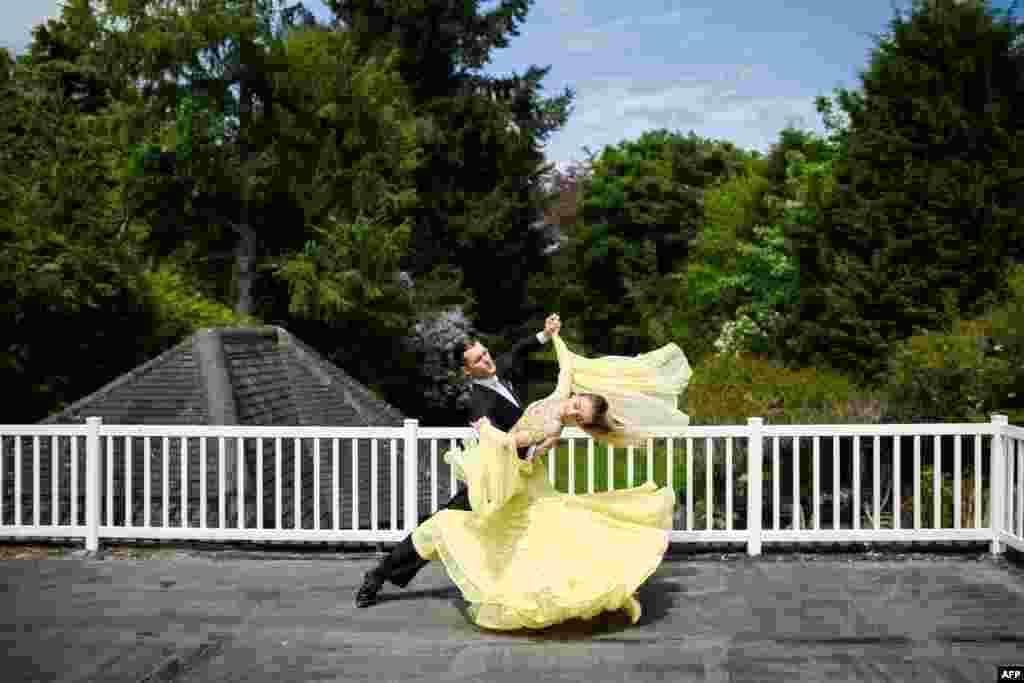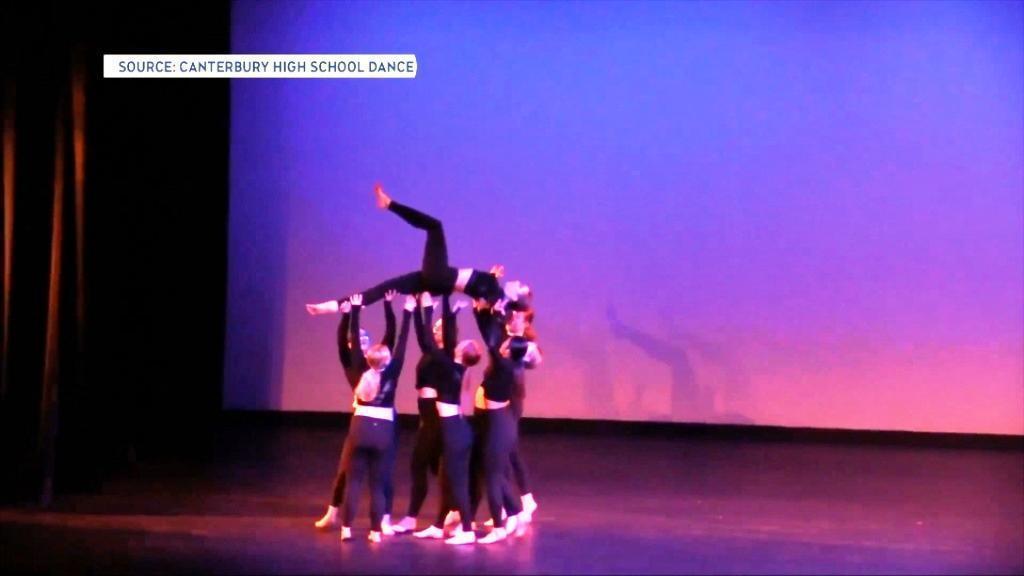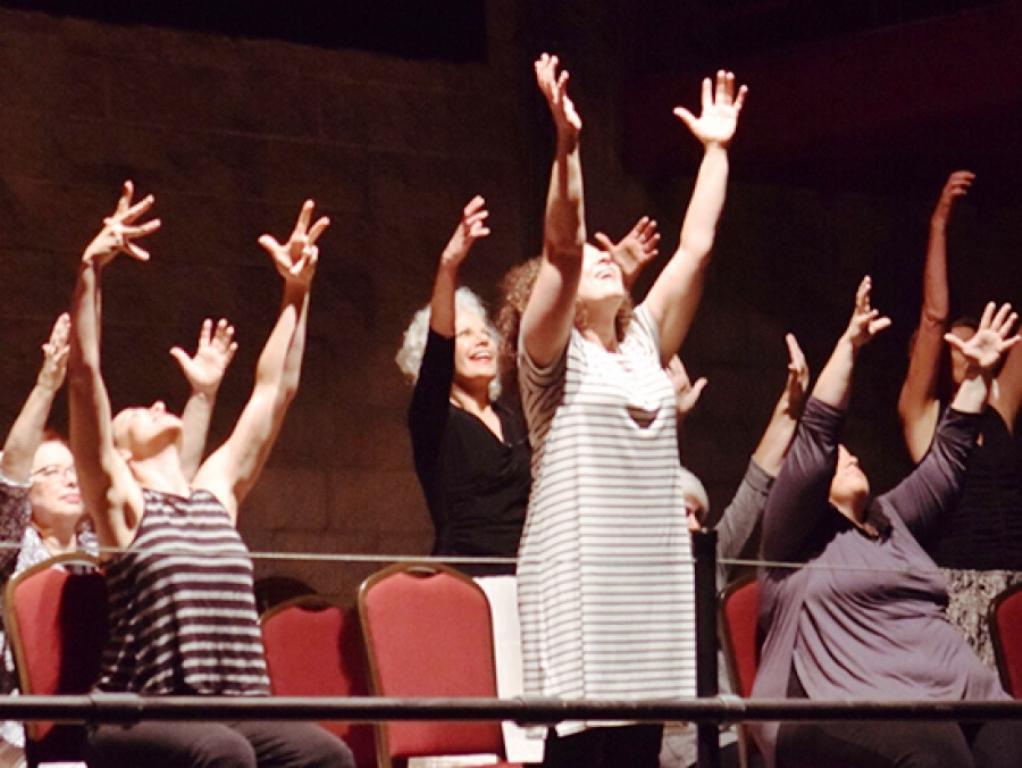
1. Cancellation of Competitions and Events
Cancellation of Competitions and Events
The COVID-19 pandemic has had a significant impact on ballroom dance in the UK, resulting in the cancellation of competitions and events.
Competitions
The cancellation of competitions has been perhaps the most visible consequence of the pandemic for ballroom dancers in the UK. Major competitions such as the British Open, the UK Open, and the All England Championships, as well as smaller local competitions, have all been cancelled. This has meant that dancers have been unable to compete and showcase their skills at the highest level, leading to a sense of disappointment and frustration.
Events
The pandemic has also had a major impact on ballroom dance events in the UK. Social dances, workshops, and exhibitions have all been cancelled or postponed, leaving dancers with fewer opportunities to meet and interact with other dancers and learn new skills. This has been particularly difficult for those who rely on these events for their livelihood, as well as for those who simply enjoy the social aspect of ballroom dance.
2. Reduced Opportunities for Social Dancing
Reduced Opportunities for Social Dancing
The COVID-19 pandemic has had a devastating effect on the social dancing scene in the UK. The majority of ballroom dance classes and social events have been cancelled or postponed since the onset of the pandemic, making it difficult for dancers to stay connected and practice their skills.
Impact on Dance Schools
The closure of dance schools has been particularly difficult for ballroom dancers. Not only have many lost their main source of dance instruction, but they have also lost access to the social environment that dance classes provide. Many dancers have had to switch to online classes, but this has been far from an ideal solution.
Cancelled Events
The ballroom dance competition scene has also been greatly impacted by the pandemic. All major events have been cancelled or postponed, leaving many dancers without the opportunity to compete. This has been especially difficult for aspiring professionals, who rely on competitions to gain experience and recognition.
Reduced Social Interaction
The social aspect of ballroom dancing has been severely restricted due to the pandemic. Most classes and events are now held online, meaning that dancers have lost the opportunity to interact with their peers in person. This has been a difficult adjustment for many, as ballroom dancing is traditionally seen as a social activity.
Overall, the COVID-19 pandemic has had a major impact on ballroom dance in the UK, with dancers facing reduced opportunities for both instruction and social interaction. Although some restrictions are beginning to ease, it is clear that the ballroom dance scene will look very different for the foreseeable future.
3. Financial Challenges for Dance Studios
3. Financial Challenges for Dance Studios
The COVID-19 pandemic has had a significant financial impact on dance studios in the UK. Many have been forced to close their doors, while others have had to significantly reduce their services.
Reduced Revenues
Dance studios have seen a significant reduction in their revenues as a result of the pandemic. With the closure of studios, many have had to cancel classes, private lessons, and other services that generate revenue. This has had a major impact on their ability to continue to operate.
Increased Expenses
At the same time, many studios have had to incur additional expenses in order to keep their doors open. This includes the cost of additional cleaning supplies, personal protective equipment, and other measures to ensure the safety of their students. These costs have added up, making it difficult for studios to remain financially viable.
Loss of Membership
The pandemic has also had a significant impact on the membership of dance studios. Many members have been unable to attend classes due to travel restrictions or other circumstances, which has resulted in a significant decrease in membership. This has had a major impact on the financial health of dance studios, as memberships are a major source of revenue.
4. Changes to Teaching Practices
Changes to Teaching Practices
The COVID-19 pandemic has had a profound effect on teaching practices for ballroom dance in the UK. With the government-mandated closure of dance studios, classes have moved online, with many teachers finding new ways to engage their students.
Virtual Classes
The most obvious change has been the shift to virtual classes. With the closure of physical studios, teachers have had to quickly adapt to the online world and find ways to make virtual classes engaging and effective. Many teachers have embraced the use of video conferencing platforms such as Zoom, allowing them to connect with their students in real-time.
Social Media
Social media has also become an increasingly important tool for teachers. Platforms such as YouTube, Instagram, and Facebook have become invaluable for sharing instructional videos, tips, and advice. Teachers are also using social media to stay connected with their students and build relationships, even when they can’t meet in person.
Hybrid Classes
In some cases, teachers have taken a hybrid approach, combining virtual classes with in-person instruction. This can be done in a variety of ways, such as having students watch a pre-recorded video before attending a live class. This allows teachers to provide a more tailored experience for their students, while still adhering to social distancing guidelines.
Safety Measures
Finally, many teachers have implemented additional safety measures in their classes. This includes the use of masks and social distancing, as well as increased sanitation and disinfection of the studio. These measures are essential for keeping students safe and preventing the spread of the virus.
5. Adapting to Online Learning
5. Adapting to Online Learning
The COVID-19 pandemic has had a significant impact on the way ballroom dance is taught in the UK. With traditional in-person classes no longer possible, many dance instructors have had to quickly adapt to teaching their classes online.
This has been a challenge for many, as the traditional teaching methods used in ballroom dance classes are not always suitable for the online environment. Many instructors have had to find creative ways to make their classes engaging and interactive, while still providing the same quality of teaching that students have come to expect.
Using Online Platforms
Many instructors have turned to online platforms such as Zoom and Skype to teach their classes. These platforms have allowed them to continue teaching in a virtual environment, while still being able to interact with their students.
Instructors have also had to become familiar with using technology to teach their classes, such as setting up virtual classrooms, using video and audio tools, and creating online resources for their students.
Adapting to Digital Resources
In addition to using online platforms, instructors have also had to become familiar with digital resources. Many have had to create digital versions of their lessons, such as instructional videos, digital worksheets, and online quizzes. This has allowed them to continue teaching their classes, even when they’re unable to meet in person.
Creating Virtual Communities
The pandemic has also had an impact on the social aspect of ballroom dancing. Many instructors have had to find ways to create virtual communities for their students, such as setting up online forums and social media groups. This has allowed students to stay connected, even when they’re not able to meet in person.
The Future of Ballroom Dance
The COVID-19 pandemic has certainly had a significant impact on the way ballroom dance is taught in the UK. However, many instructors have risen to the challenge and have been able to adapt to the changing environment. With the use of online platforms, digital resources, and virtual communities, ballroom dance classes are still able to continue in the UK, even during these difficult times.
6. Impact on Dance Teachers
Impact on Dance Teachers
The COVID-19 pandemic has had a significant impact on dance teachers in the UK. The most immediate impact is the closure of dance studios, which has left many dance teachers without jobs. This has been a huge blow to the industry, as it has meant that many of the teachers who have been teaching for years have been unable to work.
Reduced Income
The closure of dance studios has meant that many dance teachers have had to find alternative sources of income. This has been difficult for some, as the majority of their income has been from teaching. This has led to many of them having to take jobs outside of the industry in order to make ends meet.
Lack of Job Security
The lack of job security has been a major concern for many dance teachers. With the uncertainty surrounding the reopening of studios, many teachers are unsure of when they will be able to return to work. This has led to a feeling of insecurity amongst many of them, as they are unsure of when they will be able to return to their jobs.
Uncertainty of the Future
The uncertainty of the future has been a major concern for many dance teachers. With the current situation changing rapidly, many teachers are unsure of what the future of the industry will look like. This has led to many of them feeling anxious and uncertain about the future of their jobs.
Adapting to Online Learning
The pandemic has also forced many dance teachers to adapt to online learning. This has been a difficult transition for many, as they have had to learn new skills in order to teach their classes online. This has been a challenge for many, as they have had to learn how to use new technology in order to deliver their classes effectively.
Impact on Mental Health
The impact of the pandemic on dance teachers’ mental health has been significant. Many of them have had to deal with the stress of being unable to work, as well as the uncertainty of the future. This has led to many of them feeling anxious and depressed, as they are unsure of when they will be able to return to their jobs.
7. Mental Health Challenges
Mental Health Challenges
The COVID-19 pandemic has had a significant impact on the mental health of ballroom dancers in the UK. Many dancers have found themselves feeling isolated, anxious, and overwhelmed by the sudden disruption to their lives.
Feelings of Isolation
The lack of social contact and in-person classes has been particularly difficult for those who rely on ballroom dancing for social interaction. Without the opportunity to meet up with friends and dance partners, dancers have felt increasingly isolated and lonely.
Heightened Anxiety
The uncertainty of the pandemic has caused many dancers to feel anxious about their future. With competitions and classes cancelled, many dancers worry about their ability to maintain their skill level and compete in the future.
Overwhelmed by Change
The sudden changes to the ballroom dance scene in the UK have been overwhelming for many dancers. With classes and competitions moving online, dancers have had to quickly adapt to a new way of learning and competing. This has been difficult for many dancers who are used to the structure and routine of traditional classes and competitions.
Finding Support
It is important for ballroom dancers in the UK to find support during this difficult time. There are many mental health resources available online, such as counselling services and support groups. It is also important to stay connected with friends and fellow dancers, either virtually or through socially distanced activities.
8. Impact on Dance Partnerships
Impact on Dance Partnerships
The COVID-19 pandemic has had a significant impact on dance partnerships in the UK. With social distancing regulations in place, many couples have been unable to dance together, resulting in some partnerships dissolving.
Limitations on Social Gatherings
The UK government has placed strict limitations on social gatherings, which has meant that many ballroom dance classes and competitions have been cancelled. This has prevented couples from training and competing together, resulting in some partnerships dissolving.
Online Training
In response to the restrictions on social gatherings, many ballroom dance instructors have moved their classes online. This has enabled couples to continue training together and maintain their partnerships, albeit in a virtual setting.
Social Distancing Guidelines
Even when couples are able to train together, they must adhere to social distancing guidelines. This means that couples must maintain a two-metre distance, which can make it difficult to practice certain moves and steps.
Reduced Opportunities
The pandemic has also reduced the number of opportunities for couples to compete. With many competitions cancelled or postponed, couples have had fewer chances to showcase their skills and progress.
Adapting to Change
Despite the challenges posed by the pandemic, many couples have continued to dance together and have adapted to the changes. Couples have been creative in finding ways to stay connected and motivated, and have continued to support each other in their pursuit of ballroom excellence.
9. Changes to Dance Costumes
Changes to Dance Costumes
The COVID-19 pandemic has had a significant impact on the way ballroom dancers dress for performances. To reduce the risk of spreading the virus, many ballroom dancers have had to alter their costumes.
Social Distancing
To ensure social distancing, many ballroom dancers have had to make changes to their costumes. To reduce contact, some dancers have chosen to wear fewer layers of clothing, such as removing a skirt or jacket, and wearing fewer accessories.
Face Coverings
The use of face coverings has become commonplace in many public settings, and this includes ballroom dancing. Many ballroom dancers are now required to wear face coverings while performing, often with a mask or veil that matches their costume.
Hygiene
The need for hygiene has also impacted the way ballroom dancers dress for performances. Many dancers now wear costumes made from materials that are easier to clean and sanitise. This includes materials such as polyester and spandex, which can be easily wiped down and washed.
Changes to Costume Design
The changes to costumes have also had an impact on the way ballroom dancers design their costumes. Many dancers have had to make adjustments to their costumes, such as removing or reducing the amount of fabric used, and using lighter materials. This has led to a shift towards costumes that are more fitted and lightweight.
Increased Safety Measures
The changes to dance costumes have also led to an increase in safety measures. Many ballroom dancers are now required to wear gloves, and some have even opted to wear full body suits to reduce the risk of spreading the virus.
Adaptability
The changes to dance costumes have also highlighted the need for ballroom dancers to be adaptable. Many dancers have had to make changes to their costumes to meet the current safety requirements, and this has highlighted the importance of being able to quickly and easily adjust to changing circumstances.
10. The Resilience of the Ballroom Dance Community
10. The Resilience of the Ballroom Dance Community
The impact of the COVID-19 pandemic on the ballroom dance community in the UK has been immense. With dance classes, competitions, and performances cancelled, the ballroom dance industry has been hit hard. However, despite the challenges, the ballroom dance community has shown remarkable resilience.
Adapting to Digital Platforms
The ballroom dance community has been quick to adapt to the new reality of the pandemic, with many instructors and competitors turning to digital platforms for teaching and competing. This has enabled dancers to stay connected and continue to practice and compete, albeit in a virtual environment.
Maintaining Social Connections
The ballroom dance community has also maintained its social connections, with many dancers continuing to meet virtually for practice sessions, classes, and social events. This has enabled dancers to stay connected and support each other during the pandemic.
Supporting Local Businesses
The ballroom dance community has also been quick to support local businesses, with many dancers continuing to purchase costumes, shoes, and other items from local stores. This has helped to ensure that the ballroom dance industry continues to thrive despite the pandemic.
Continuing to Inspire
Finally, the ballroom dance community has continued to inspire, with many dancers sharing their stories and experiences on social media. This has enabled dancers to stay connected and motivated, and to continue to pursue their dreams despite the pandemic.
The resilience of the ballroom dance community in the UK has been impressive, and has enabled dancers to stay connected and continue to pursue their dreams. This is a testament to the strength of the ballroom dance community and its ability to adapt and thrive in challenging times.




